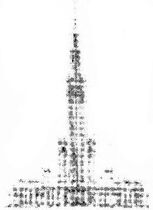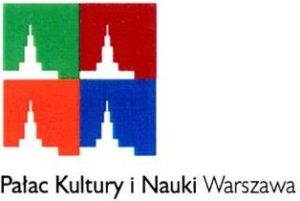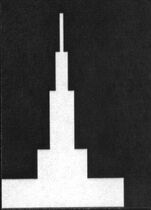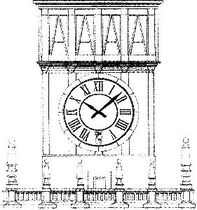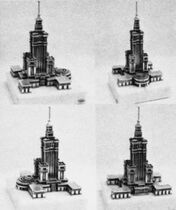Decision on the figurative sign representing the Palace of Culture and Science
On 6 February 2024, the Adjudicating Body of the Polish Patent Office handed down its decision on a motion to cancel the protection right for a figurative mark depicting the building of the Palace of Culture and Science in Warsaw:
The Palace was built in the 1950s, and although it is associated with the communist era, it has also become a symbol of Warsaw and a venue for cultural events.
The applicant alleged, among other things, that the mark lacked distinctiveness, was descriptive, had been applied for in bad faith, had entered customary use, and was contrary to the law, public policy, and moral standards (due to the historical and social value of the Palace of Culture and Science). The applicant also argued that the company holding the rights to the mark does not use the registered mark and the mark is not a distinctive designation of its services.
The Patent Office did not sustain any of the applicant’s objections and dismissed the application to cancel the mark protection. The grounds for the decision recognized, among other things, that the disputed mark is a graphic image, and a blurred image of a fanciful nature.
The limited liability company in charge of the Palace of Culture and Science also applied for several trademarks depicting the body of the building, as presented below.
The decision is in line with the predominant position of the Patent Office which emphasizes that in the case of architectural works, protection may be granted not to the body of the building itself, but to the graphic representation of a given architectural object, such as the building facade, and especially, any elements of a fanciful nature.
See more:
The complexity and high level of subjectivity in assessing the likelihood of confusion based on three recent CJEU judgements
A likelihood of confusion exists when consumers can be misled into believing that goods or services bearing the opposing trademarks originate from the same company or from economically linked companies. It is assumed that the assessment of the likelihood of...
Overview of CJEU case law from 12 April 2025 to 4 May 2025
Below we present an overview of CJEU case law concerning intellectual property for the period from 12 April 2025 to 4 May 2025. T-338/24 - Mobility Trader v EUIPO - Cala and Ruiz (hey car select) - The case concerned opposition proceedings (likelihood of confusion). -...
Polish Patent Office confirms broad monopoly of a word trademark (decision of the Polish Patent Office of 15 April 2025 in case Sp.180.2023)
On the 31st of July 2014, a Polish company Browary Regionalne Jakubiak sp. z o.o. filed an application with the Polish Patent Office for a device trademark including word SMOK [EN dragon] for goods in class 32, i.e. beer, non-alcoholic beer. (R.275353, registered on...
